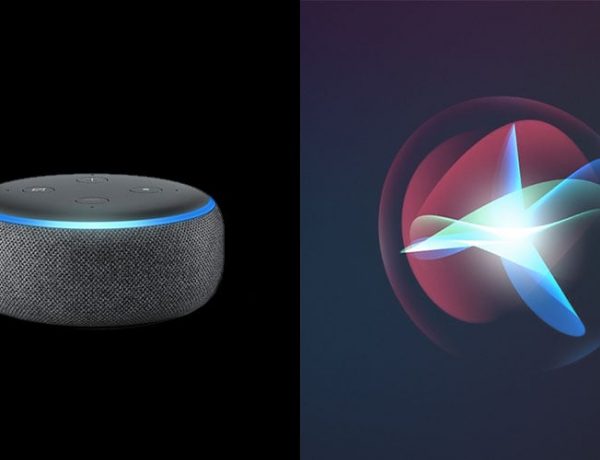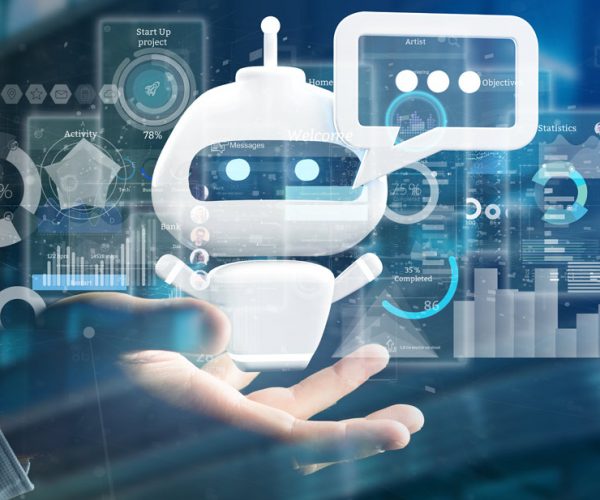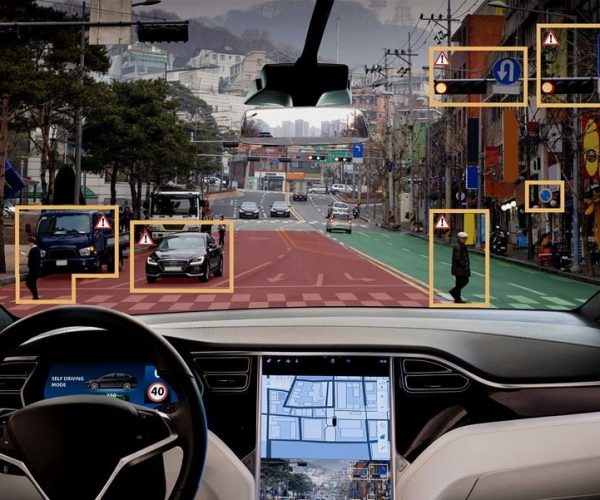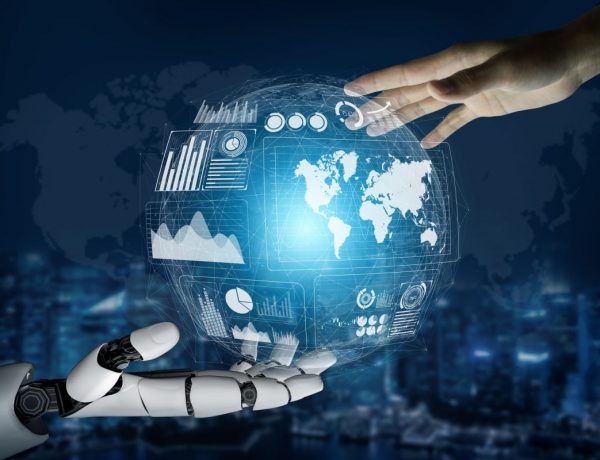Artificial Intelligence
Artificial intelligence leverages computers and machines to mimic the problem-solving and decision-making capabilities of the human mind.
What is it?
From SIRI to self-driving cars, artificial intelligence (AI) is progressing rapidly. While science fiction often portrays AI as robots with human-like characteristics, AI can encompass anything from Google’s search algorithms to IBM’s Watson to autonomous weapons.
Artificial intelligence today is properly known as narrow AI, in that it is designed to perform a narrow task (e.g. only facial recognition or only internet searches or only driving a car). However, the long-term goal of many researchers is to create general AI. While narrow AI may outperform humans at whatever its specific task is, like playing chess or solving equations, AGI would outperform humans at nearly every cognitive task.
"Artificial Intelligence is concerned with the design of intelligence in artificial device"




AI technology and how is it used today?
When paired with AI technologies, automation tools can expand the volume and types of tasks performed. An example is robotic process automation (RPA), a type of software that automates repetitive, rules-based data processing tasks traditionally done by humans. When combined with machine learning and emerging AI tools, RPA can automate bigger portions of enterprise jobs, enabling RPA's tactical bots to pass along intelligence from AI and respond to process changes.
This technology gives a machine the ability to see. Machine vision captures and analyzes visual information using a camera, analog-to-digital conversion and digital signal processing. It is often compared to human eyesight, but machine vision isn't bound by biology and can be programmed to see through walls, for example. It is used in a range of applications from signature identification to medical image analysis. Computer vision, which is focused on machine-based image processing, is often conflated with machine vision.
Why does it matters?
Use Cases of AI
In general, AI systems work by ingesting large amounts of labeled training data, analyzing the data for correlations and patterns, and using these patterns to make predictions about future states. In this way, a chatbot that is fed examples of text chats can learn to produce lifelike exchanges with people, or an image recognition tool can learn to identify and describe objects in images by reviewing millions of examples.
Speech Recognition
It is also known as automatic speech recognition (ASR), computer speech recognition, or speech-to-text, and it is a capability that uses natural language processing (NLP) to process human speech into a written format. Many mobile devices incorporate speech recognition into their systems to conduct voice search—e.g. Siri—or provide more accessibility around texting.
Computer Vision
This AI technology enables computers and systems to derive meaningful information from digital images, videos, and other visual inputs, and based on those inputs, it can take action. Powered by convolutional neural networks, computer vision has applications within photo tagging in social media, radiology imaging in healthcare, and self-driving cars within the automotive industry.
Customer Service
Online chatbots are replacing human agents along the customer journey. They answer frequently asked questions (FAQs) around topics, like shipping, or providing personalized advice, customer engagement across websites and social media platforms. Examples include messaging bots on e-commerce sites with virtual agents, messaging apps, and tasks usually done by virtual assistants and voice assistants.
Get Started with Artificial Intelligence
Chatbots use natural language processing to understand customers and allow them to ask questions and get information. These chatbots learn over time so they can add greater value to customer interactions.
IT operations teams can save huge amounts of time and energy on system monitoring by putting all web, application, database performance, user experience, and log data into one cloud-based data platform that automatically monitors thresholds and detects anomalies.
Analytic tools with a visual user interface allow nontechnical people to easily query a system and get an understandable answer.
